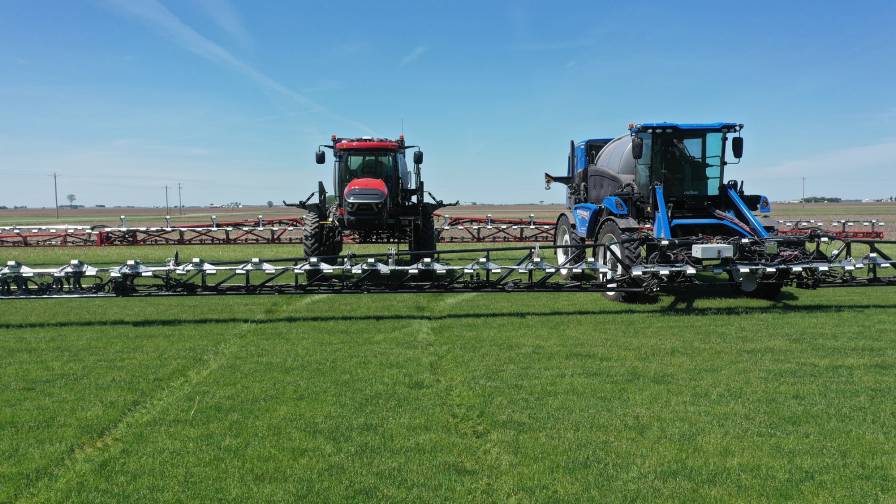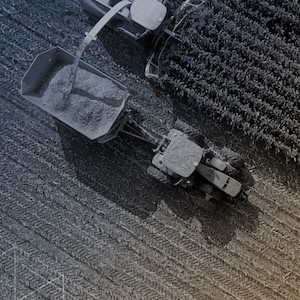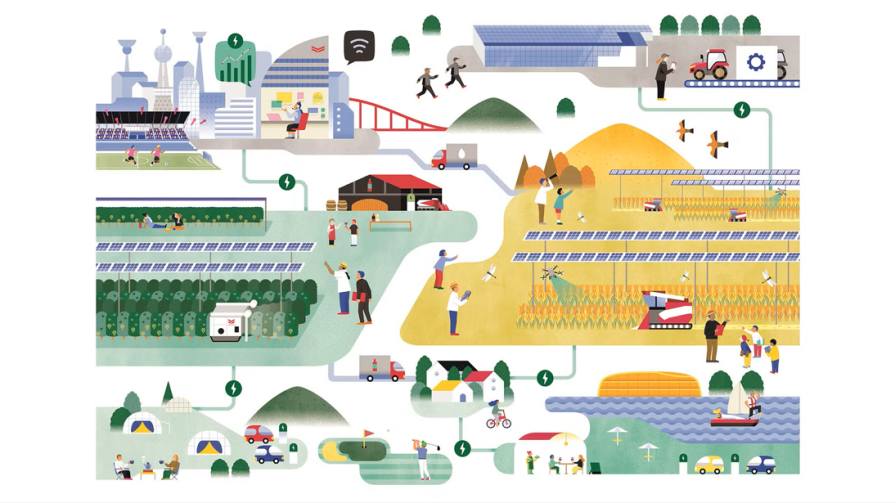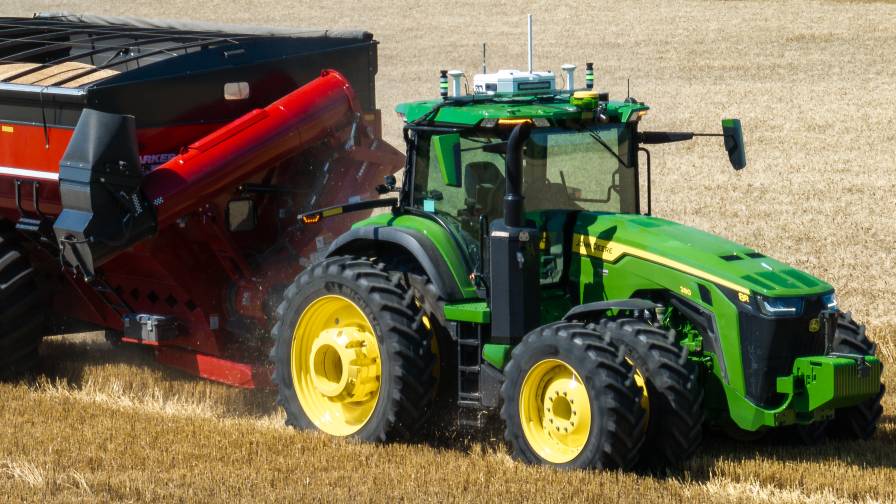How Agri-Tech is Changing the Face of Sustainable and Industrial Agriculture
Agriculture is one of the oldest human occupations and has changed throughout the years, but it has also always encountered new difficulties. All past generations have believed they are living at the worst time in history and are dealing with the worst issues possible. The current generation shares the same belief. The agriculture sector globally is confronted with multiple challenges, including but not limited to climate change, geopolitical difficulties on a global scale, and the degradation of natural resources, especially deteriorating soil quality.
With the world’s population expected to reach 9.1 billion people by 2050, these challenges raise concerns about our ability as a collective to guarantee food security and access to nutritious food for a global population.
Amidst this complex landscape, agri-tech services emerge as potential catalysts ready to initiate the next global agricultural revolution. Technologies are continuously being developed, and the use of intelligence in agriculture has become known as agri-tech which is changing the face of both conventional and intensive farming by allowing the farmers to produce more food using the same or even fewer resources, greatly reducing the harm on the environment.
Precision Agriculture: Data-Driven Farming
Precision farming is conceivably one of the greatest achievements in agri-tech and has been adopted to make farming more efficient. This method uses information from sensors, GPS, IoT devices, satellite technology, etc., to manage and monitor crops like never before possible. Today, farmers and growers can obtain information related to soil conditions, climate, crop conditions, and almost everything new that is happening in the field, and hence they will be capable of making proper decisions on planting the seeds, using fertilizer, and even the time for harvesting, etc.
MORE BY DR. SAT KUMAR TOMER
For instance, through the use of soil moisture sensors, farmers will be in a position to check the amount of water required by crops and put in place a schedule to ensure crops get the required amount of water at the right time. In the same way, the use of GPS-controlled equipment helps to avoid the overuse of seeds and fertilizers, hence optimizing productivity. Besides, through drones and satellite imagery, high-resolution images of the field are obtained to help farmers identify pest attacks and nutrient deficiencies, among other problems, that can be noticed at an early stage by the farmer. With this approach, farming practices tend to become more specific, increasing crop yields and lessening the impacts on the environment.
Automation and Robotics: Efficiency and Precision
The nature of agriculture as a labor-intensive activity is being changed by automation and robotics. These tasks, including plowing, planting, and harvesting, can be carried out with minimal human intervention by AI-equipped, GPS-enabled autonomous machines. Efficiency is improved by these automated systems, labor costs cut down, and agricultural operations are made more precise and consistent.
Another revolutionary innovation is robotic weed control. The present traditional method of controlling weeds mainly depends on the use of chemical herbicides that are harmful to the environment, as well as health risks to humans. By using machine vision and AI to locate weeds precisely, robotic weeders eliminate them selectively, reducing the necessity for chemicals. Not only does this encourage sustainable farming practices, but it also maintains soil fertility and biodiversity.
Biotechnology: Enhancing Crop Resilience
Biotechnology plays an important function in enhancing sustainable and industrial agriculture by adopting genetic engineering and other biotechnological techniques to produce resistant crops against pests, diseases, and environmental torture. For instance, the application of genetically modified plants could be developed in such a way that they do not allow pests to affect them, hence no need for pesticide application. Likewise, crops can also be bred or genetically modified to have the characteristics of drought or heat resistance, salinity tolerance, and so on, meaning that in the climatic changes occasioned by global warming, there will be food security.
CRISPR is a relatively new form of gene editing that is also enhancing the potential of biotechnology in agriculture today. CRISPR enables the targeted alteration of the genetic details of plants with higher accuracy, thereby enabling important qualities such as high yield through quality enhancement and taste preferences for harvested crops. These developments not only reduce the impact of agriculture practices on the environment but also provide opportunities for improving the nutritive value and the quality of food.
Sustainable Practices: Reducing Environmental Impact
In the practice of sustainable agriculture, agri-tech becomes one of the means to minimize the impact on the environment. One of these sustainable practices is integrated pest management (IPM), which uses biocontrol and cultural and mechanical methods to deal with pests in an environment-friendly way. For instance, the use of pheromone traps and beneficial insect release systems within a framework of agri-tech tools enhances the implementation of the ramming strategy in pest control.
Furthermore, through agri-tech, regenerative agriculture is being encouraged as a form of agriculture that aims at establishing conditions that enhance the productivity of the soil, increase plant and animal species richness, and thereby create a healthy ecosystem. Through the application of technology, cover crops, no-till farming, and crop rotation are becoming more efficient, thus increasing soil health, reducing soil erosion, and enhancing carbon sequestration.
A collaborative approach to sustainable change
As advances in the agri-tech sector continue, adoption by smallholders and women farmers, two of the most vulnerable segments, remains a challenge. As outlined in a McKinsey Insight, globally, only 39% of farmers have adopted at least one technology service. This average is weighted by a 62% adoption rate among European farmers, while in Asia, adoption is only 9%.
The lack of clarity on return on investment (ROI) for technology is one of the main reasons for such low adoption rates generally.
A collaborative effort by governments, the private sector, including start-ups and investors, academia, and civil society is the need of the hour. Considering the complexity and interrelatedness of the activities involved in the agricultural sector, a multistakeholder approach is the best way to scale inclusive agri-tech.
With the ever-increasing global population and rising environmental problems, the role that agri-tech may play in future agriculture makes it quite vital. Adopting these technologies will be critical in building a sustainable future for the agricultural sector, now and in the coming years.










